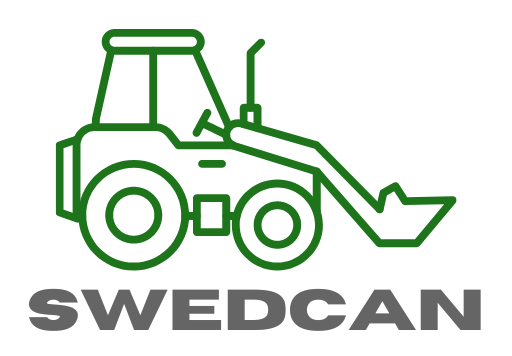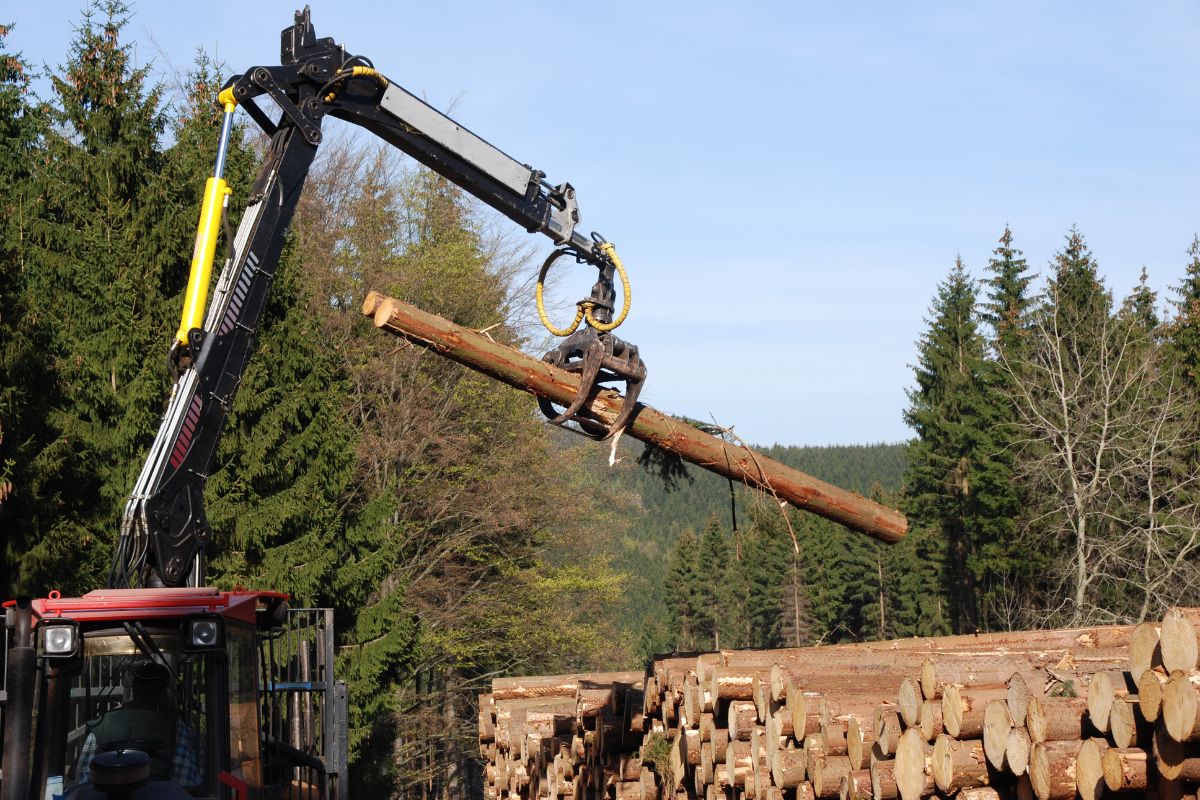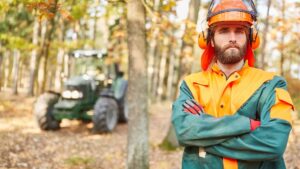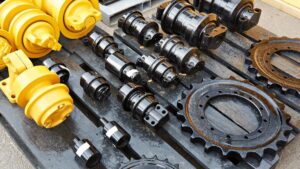It’s no wonder that there are so many forestry organisations in Australia – forests are vast and so are very challenging to manage, maintain, or convert. Because of this, forestry equipment is very much a necessity in this kind of operation. But what exactly are they and what types are a must to get the job done?
Forestry equipment is any tool, whether heavy or light, that is necessary for managing, converting, or upkeeping the forests so that they can serve their intended purpose. These machines ideally have advanced automation and are remote-controlled, which make them safer and more efficient to use. These features also make them more feasible for forestry professionals to meet the ever-growing demands for forest products, while taking advantage of their safety features helps in protecting and preserving these resources.
Common Forestry Equipment
Forwarders
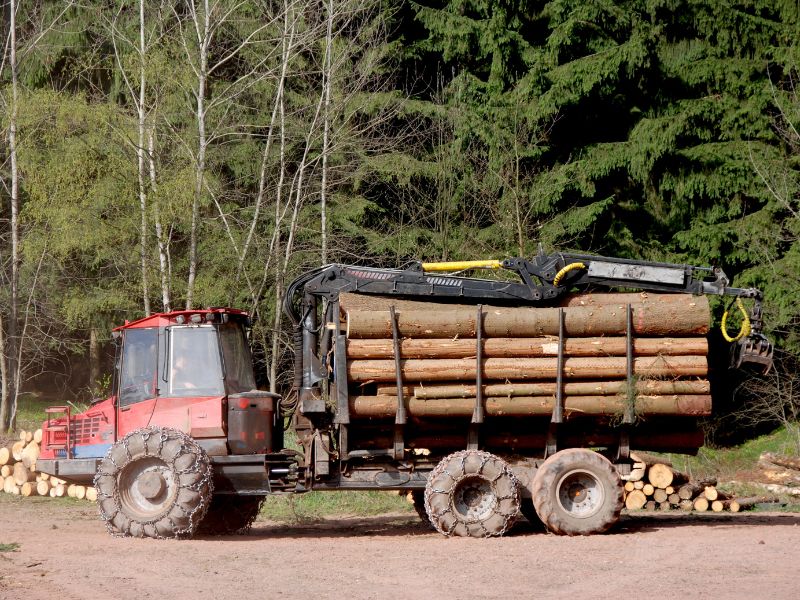
Forwarders are basically tractors that can have up to eight wheels that pull a wagon loaded with wood. They are articulated machines that have a cab for the operator and a bunk where the logs are stuffed. A lot of these forwarders have a grapple mounted on their boom that is used for loading and unloading different materials. Their cab can either be fixed or can be rotated on the chassis.
You can also increase their floatation and traction through additional tracks that can slide on over their dual wheels or you can just opt for wider tiles for more convenience. If there is plenty of mud or snow, tire chains are another option. Believe me, it takes a very skilled pressure cleaning specialist to clean the mud off those.
Harvesters and Harvester Heads
Harvesters are one of the heavy vehicles in forestry mostly used for felling or cutting down, delimbing, and bucking trees. They usually work hand in hand with forwarders which are used for hauling logs.
Harvester heads are comprised of a chain saw for cutting trees at the base and to their desired length, two or more delimbing knives that can reach around the truck to eliminate the branches, two or more rollers to hold the trees firmly, diameter sensors used to calculate the volume of the harvested timber, and a measuring wheel to get the actual length of the stem that goes through the head.
There are three categories of harvester heads and these are the following:
- Bunching heads – these are attached to feller bunchers and are used to hold more than one stem all at the same time while cutting. They utilised three cutting methods, namely bar saw, disc saw, and shear.
- Processing heads – as the name suggests, these attachments are used to perform some processing on the stems, apart from felling trees. Some of these include delimbing and bucking stems and turning them into logs, otherwise known as a cut-to-length system.
- Felling heads – these are grapples that come with a bar saw that is perpendicularly attached to them. These are used for cutting trees while controlling the direction in which the tree falls.
Log Loaders
Log loaders are very crucial forestry equipment as they are used, as the name suggests, to stack, sort, and load logs for transport. The design and types are also different, depending on the specific intended function. Some of these include:
- Knuckleboom loaders – are swing machines equipped with special booms for handling logs and fast hydraulics for quick boom and swing movements. The types used in forestry include trailer-mounted, wheel-based, or track-based. However, the trailer-mounted has a limitation as it is incapable of moving around a landing on its own.
- Truck-mounted loaders – these are loaders that are attached to the truck and are typically used for stacking and loading smaller logs or wood.
- Wheel loaders – although payloaders or bucket loaders used in the construction industry are also categorised as wheel loaders, there is a clear difference between them and the ones used in forestry, which is the attachment. Construction loaders usually have buckets to scoop materials, and the forestry equipment counterpart has a special set of forks equipped with a grapple that can pick up and load several logs all at the same time.
Mounders
Ground preparation is a crucial part of planting which keeps the forest lush and green. Since forests involve a massive scope of land, heavy equipment is necessary to make the process easier. Mounders are widely used for creating humus mounds covered with mineral soil, which are very ideal planting spots.
Mulchers
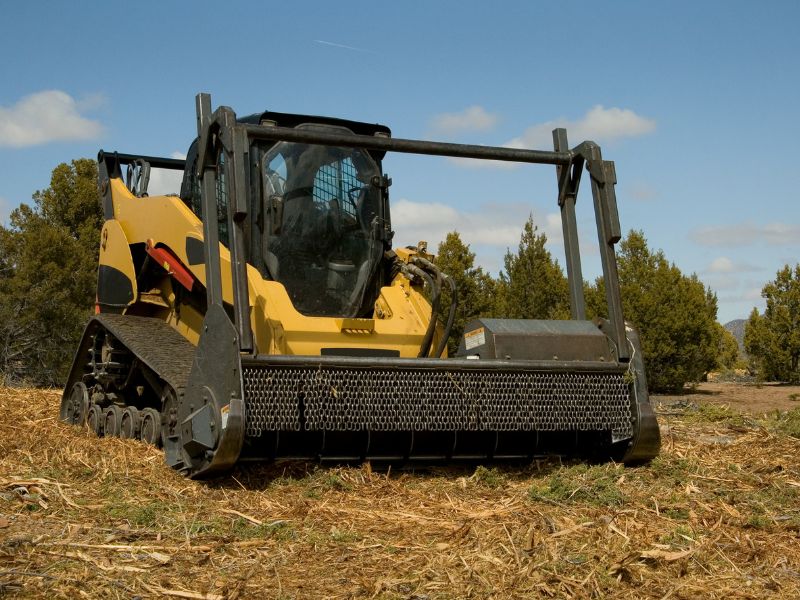
Forestry mulchers are popular for different environmental tasks such as land clearing, wildfire prevention, and vegetation management. They can either be a stand-alone machine or an attachment to another piece of equipment such as a tractor, excavator, or skid steer. They are particularly beneficial in dealing with massive acres of vegetation which is the case of forestry.
What they do with vegetation is they cut it to reduce the volume and height, either for aesthetic purposes or to control some invasive species. They are then chopped and ground into small bits that they eventually turn into mulch when left on-site.
Processors
Perhaps one of the most amazing equipment in the fleet is the Processor, which is very complex but some of the best equipment to have in forestry. Processors consist of an operator enclosure, a power plant, and an articulating arm with an attached processing head that an operator can manoeuvre. This equipment is usually utilised in tandem with the harvester feller buncher, which it follows after it cuts trees.
The processor’s clamp picks up each tree through its clamp which also removes its branches and stems. It then stops at a desired length and cuts it off, then proceeds to do the same to the rest of the log.
